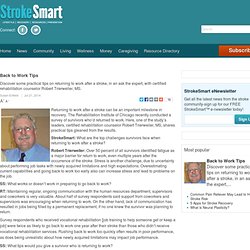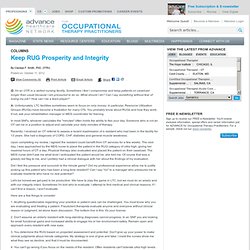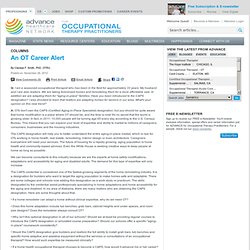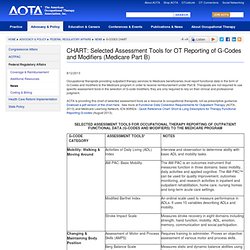

NYC Training Guide - Home. The NYC Training Guide is a research tool that matches jobseekers with appropriate training programs to promote skills and career advancement.

The NYC Training Guide provides detailed information about training courses and providers, enabling individuals to fully consider their training options and decide how a course meets their needs. The Individual Training Grant (ITG) program has resumed with a limited number of available ITGs in the following occupations: Bus and Truck Drivers (CDL A and B), Certified Nursing Assistants, Clinical Medical Assistants, Commercial Drivers (CDL C). Computer Support Specialists, Network and Computer Systems Administrators, Computer Systems Analysts, Security Guards (Armed and Unarmed). Jobseekers interested in these occupational trainings can call the following Workforce1 Career Center to obtain the ITG assessment schedule- Brooklyn Workforce1 Career Center Bronx Workforce1 Career Center Flushing NYSDOL One-Stop Queens Workforce1 Career Center.
Double Amputation: Chair to Bed Transfer. Www.brighamandwomens.org/patients_visitors/pcs/rehabilitationservices/physical therapy standards of care and protocols/general - le amputation.pdf. General - le amputation.pdf. Intervention for Functional Mobility. Therapy billing for beginners. By Sarah Wiskerchen, MBA, CPC How to bill for physical, occupational therapy Orthopaedic surgeons are increasingly incorporating physical and occupational therapy services into their practices.

In-house billers, who may be inexperienced with the new services, terminology, and associated CPT codes, may be apprehensive about the move. Clarifying the services, codes, and treatment continuum will help to maximize revenue and prevent billing errors. Durable medical equipment. Hearing loss common in stroke survivors. Back to Work Tips - StrokeSmart. Discover some practical tips on returning to work after a stroke, in an ask the expert, with certified rehabilitation counselor Robert Trierweiler, MS.

Susan Enfield Jul 21, 2014 Returning to work after a stroke can be an important milestone in recovery. The Rehabilitation Institute of Chicago recently conducted a survey of survivors who’d returned to work. Here, one of the study’s leaders, certified rehabilitation counselor Robert Trierweiler, MS, shares practical tips gleaned from the results. StrokeSmart: What are the top challenges survivors face when returning to work after a stroke? Robert Trierweiler: Over 50 percent of all survivors identified fatigue as a major barrier for return to work, even multiple years after the occurrence of the stroke.
SS: What works or doesn’t work in preparing to go back to work? RT: Maintaining regular, ongoing communication with the human resources department, supervisors and coworkers is very valuable. Like this article? Keep RUG Prosperity and Integrity on ADVANCE for Occupational Therapy Practitioners. A: Unfortunately, LTC facilities sometimes seem to focus on only money.

In particular, Resource Utilization Groups (RUGs) have become a frustration for many OTs. You probably know about RUGs and how they work; if not, ask your rehabilitation manager or MDS coordinator for training. In most SNFs, whoever calculates the "minutes" often holds the ability to flex your day. Someone who is not an OT can be in a position to adjust and calculate your daily minutes of therapy.
Recently, I received an OT referral to assess a recent readmission of a resident who had been in the facility for 13 years. An OT Career Alert on ADVANCE for Occupational Therapy Practitioners. Q: I am a seasoned occupational therapist who has been in the field for approximately 33 years.

My husband and I are also realtors. We are taking foreclosed homes and remodeling them for a more affordable sale. In addition we are adapting them for "aging-in-place" families. Have you been introduced to the CAPS designation? I was shocked to learn that realtors are adapting homes for seniors in our area. A: OTs don't own the CAPS (Certified Aging-in-Place Specialist) designation, but you should be quite aware that home modification is a place where OT should be, and the time is now! The CAPS designation will help you to better understand the entire aging-in-place market, which is ripe for OTs working in home health, real estate, remodeling, interior design or even architecture. We can become consultants to this industry because we are the experts at home safety modifications, adaptations and accessibility for aging and disabled adults.
CHART: Selected Assessment Tools for OT Reporting of G-Codes and Modifiers (Medicare Part B) Occupational therapists providing outpatient therapy services to Medicare beneficiaries must report functional data in the form of G-Codes and modifiers to the Medicare program in order to receive reimbursement under Part B.

Therapists are not required to use specific assessment tools in the selection of G-code modifiers, they are only required to rely on their clinical and professional judgment. AOTA is providing this chart of selected assessment tools as a resource to occupational therapists, not as prescriptive guidance. Dowload a pdf version of the chart here. See more at Functional Data Collection Requirements for Outpatient Therapy (AOTA, 2013) and Medicare Learning Network, ICN 908924 - Quick Reference Chart: Short & Long Descriptors for Therapy Functional Reporting G-codes (August 2013). Subacute_SNF_Care.pdf.